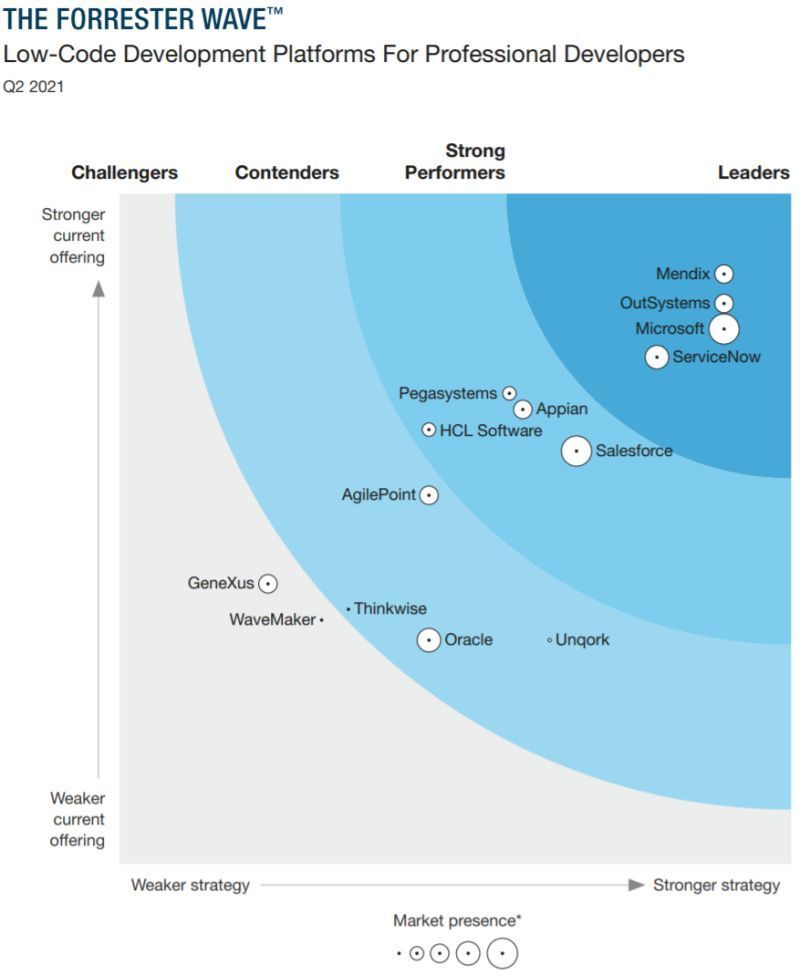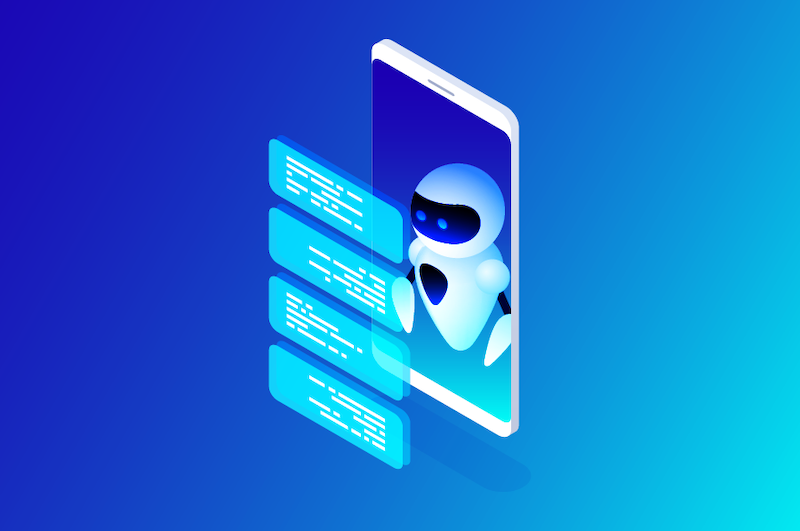A timeline of computer programming languages
1936-1938:
The first programmable computer.
1944-1945:
Plankalkül (Plan Calculus)
The first programming language for the creation of procedures.
1949:
Assembly language
A low-level programming language that simplified machine code.
1949:
Shortcode or Short-order code
The first High-Level Language (HLL) for BINAC and UNIVAC computers.
1952:
Autocode
The first compiled language translatable to machine code with a compiler.
1957:
FORTRAN (FORmula TRANslation or FORTRAN)
Considered the oldest programming language still used today.
1958:
ALGOL (Algorithmic Language)
The beginning of today’s well-known programming languages - PASCAL, C, C++, and Java.
1958:
LISP (List Processor)
One of the oldest programming languages still used today.
1959:
COBOL (Common Business Oriented Language)
Used primarily for banking systems today.
1964:
BASIC (Beginner’s All-Purpose Symbolic Instruction Code)
For students without a strong grasp of mathematics or computers. Developed further by Microsoft founders.
1970:
PASCAL
A learning tool for computer programming; favoured by Apple in the early days.
1972:
Smalltalk
For modifying code on the fly. Some aspects are used in today’s languages, e.g. Python, Java, and Ruby.
1972:
C
Developed for the Unix Operating System. Many of the current leading languages are derivatives, including C#, Java, JavaScript, Perl, PHP, and Python.
1972:
SQL (Structured Query Language), originally named SEQUEL
Developed by IBM researchers for viewing and changing information stored in databases.
1980-81:
Ada
A structured, statically typed, wide-spectrum, and object-oriented high-level programming language. Used for air-traffic systems and transport and space projects.
1983:
C++
An extension of C. One of the top 10 programming languages; entered the Hall of Fame in 2003. Used in MS Office, Adobe Photoshop, game engines, and more.
1983:
Objective-C
The main programming language to write software for macOS and iOS (Apple Operating Systems).
1987:
Perl
Designed as a scripting language for text editing. Today it is a general-purpose, high-level programming language used for database apps.
1990:
Haskell
A mathematical functional programming language used for complicated calculations, records, and number-crunching.
1991:
Python
A general-purpose, high-level language to support a variety of programming styles. One of the most popular in the world.
1991:
Visual Basic
Developed by Microsoft with a drag-and-drop style of choosing and changing pre-selected chunks of code through a graphical user interface (GUI).
1993:
Ruby
A high-level programming language for web app development and Ruby on Rails.
1995:
Java
A general-purpose, high-level language with cross-platform functionality. One of the most popular programming languages in the world.
1995:
PHP, formerly ‘Personal Home Page’, now ‘Hypertext Preprocessor’
Used for building and maintaining dynamic web pages and server-side development.
1995:
JavaScript
Primarily for dynamic web development, PDF docs, web browsers, and desktop widgets. Almost all major websites use JavaScript.
2000:
C#
Developed by Microsoft. Combines C++ with the simplicity of Visual Basic. Shares numerous similarities with Java and is used in almost all Microsoft products.
2003:
Scala
Combines mathematical, functional, and organised object-oriented programming. Highly compatible with Java.
2003:
Groovy
Derives from Java. Improves productivity.
2009:
Go
Developed by Google to address issues caused by large software systems.
2014:
Swift
Developed by Apple to reduce the risk of error. Intended to be easier than C, C++, and Objective-C.
2014:
Low-code
The concept dates back to 1982. The term was coined by research and advisory company, Forrester, in 2014.
Low-code — the shift the digital age needed

Low-code platforms are to would-be developers what Guitar Hero is to wannabe musicians, only with tangible results at the end.
The more technical explanation is that they are visual software development environments that allow enterprise and citizen developers to drag-and-drop components, connect them, and create mobile and or web apps. Forrester coined the term to classify development platforms that focused on simplicity and ease of use.
Gartner predicts that by 2024, 65% of application development will be achieved using low-code.

Web Developer Jim Rogers of Clearvision—a 20+ year established company in the world of software—says, “Every fast-paced organisation should have access to a powerful low-code platform. Don’t wait until 2024 to adopt one, the time to invest is now.”
I know what you’re thinking. Why would a professional programmer advocate low-code? Let’s find out…
How low-code helps developers
While low-code development platforms like Mendix enable anyone of any skill set to become an app builder, developers aren’t at risk of losing their jobs. If anything, low-code platforms simplify the process for developers who once had no choice but to type lines and lines of code and then meticulously check it for errors. Through visual workflows, drag-and-drop features, and more, low-code platforms provide an alternative to the aforementioned tedious processes, while reducing the margin for error and removing complexities. Developers are all too familiar with lost time caused by complexities, but with visual, AI-assisted development at their disposal, they can deliver quality apps faster.
Mendix
There is a variety of low-code platforms on the market, but we’re going to focus on Mendix in this section as it was recently named a low-code solution leader in the 2021 Forrester Wave Low-Code Development Platform study.

Mendix is an all-in-one low-code platform, allowing users to create better software faster by abstracting and automating the development process. It was founded to remove the complexity of custom software development, which is siloed, slow, and prone to failure.
Mendix breaks the divide between IT and other departments by allowing people from various backgrounds to participate and collaborate in the development process and to build the applications they need on time and within budget. It offers a way to turn ideas into reality both rapidly and continuously in a world hyper-obsessed with inputs and processes.
Mendix is about more than addressing the backlog, which on its own is a significant achievement; it’s about supporting the business and bridging the gap between ideas and the applications that bring them to life.
By adopting a suitable low-code platform, you will not only be modernising your existing infrastructure but investing in a solution that will make a difference to your business. Get in touch to learn more about Mendix.
clearvisionwebmaster
Related Articles
Keep up to date with the latest Clearvision blog.
Our blog posts cover a wide range of topics from the latest software news to the latest in the Atlassian world.
Search through our white papers and guides.
We have a wealth of expertise to share with you in our white papers and guides.
Watch our webinars.
Watch our webinars on everything from JSM, JWM, Atlassian tools and more.
















